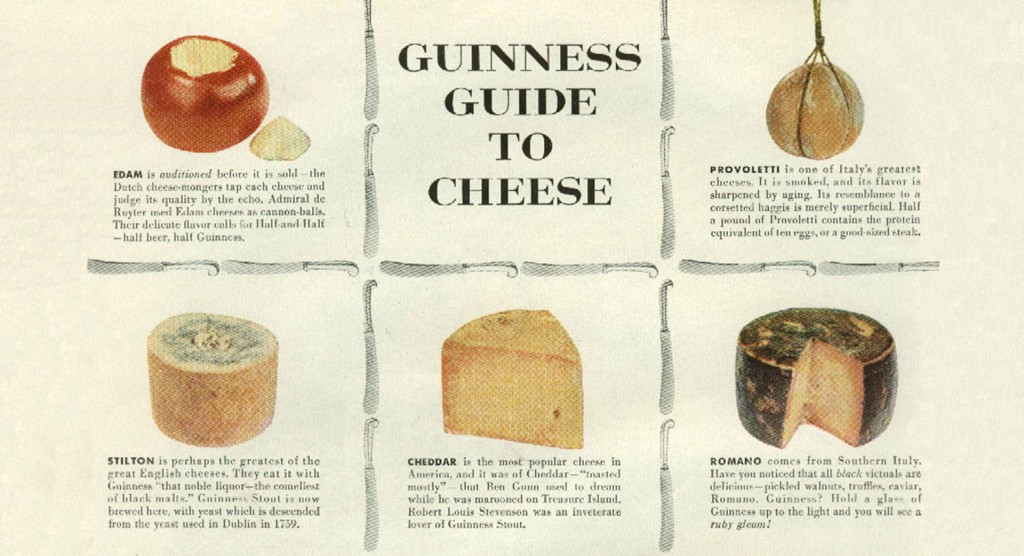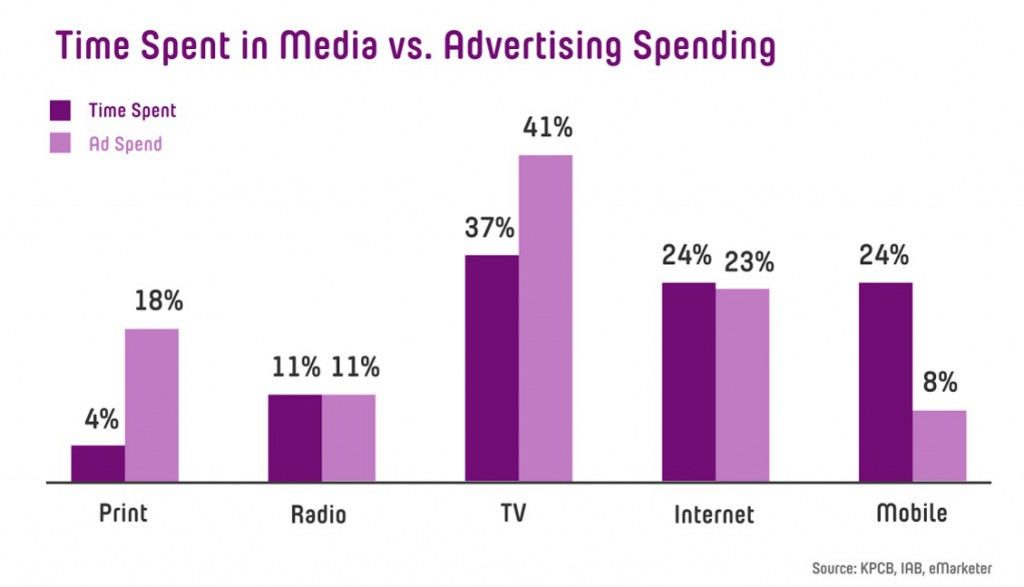 Details
Details
Native advertising may, at times, seem like the new kid on the block but the technique of advertising a brand in a way that is natural to the context has been thriving for much longer than is often realised.
The Guinness Guide to Cheese, published in 1952, may look like a smart way to learn the different virtues of a strong stilton or a mature cheddar, but framing the piece as the ‘Guinness Guide’ shows how native has been an oft read page in the advertiser’s playbook.
Over the course of the past sixty years, native advertising has adapted and evolved to fit a variety of contexts. From subtle product placement in leading Hollywood movies to sponsored content on sites like Buzzfeed, the framework for native advertising as a non-intrusive branding tool tailored to platform and individual has been applied successfully to many different media contexts. And one of the most recent applications has been to mobile.
The Influence of Mobile
Native is particularly suited to mobile because of the prevalence of the smartphone and the personal nature of device interactions. Social media platforms offering mobile native advertising have been amongst the first to realise this. Precise targeting options, creative diversity and the personal connection to users that are available on platforms such as Instagram and Facebook have proven perfect for brands seeking to utilise native in the creation of long lasting, meaningful relationships with consumers.
Thoughtwave recently reported that most users spend 24% of their time consuming media on mobile. Despite the significant increase in mobile usage, and the opportunity this brings, it is yet to be fully utilised by advertisers with the channel accounting for only 8% of overall ad spend.
By comparison, other platforms are seeing a share of advertising spend that doesn’t necessarily correspond to their influence. TV, Internet and print media advertising are each attracting a proportion of advertising budget that exceeds the percentage of time that users consume media on each platform.
Therefore, there is a clear opportunity for advertisers to take advantage of mobile as a channel. To do that successfully, however, requires brands to adapt their advertising approach to suit these devices. And the most effective way they can do this is by adopting a native approach
Why brands benefit the most from native
It is within this native context on mobile that brands are amongst the biggest beneficiaries. In particular, the impact of mobile native advertising for brand marketers is evidenced by a number of studies across the four stages of awareness, recall, engagement and purchase intent.
- Awareness: In a study of 1000 users of a travel app, Yahoo found that native ads increased top of mind brand awareness by 114% relative to the control group and by 279% when used in conjunction with a paid search campaign.
- Recall: A test by mapping app Waze found that branded pins that were included within maps were recalled more than twice as effectively as unbranded counterparts.
- Engagement: Yahoo discovered that native adverts on mobile garnered three times as much attention as other traditional mobile ads. Additionally, a study from Celtra found that consumers were 40% more engaged with a native mobile advert than with a traditional mobile banner creative.
- Intent & Action: Pinterest reports that 53% of daily users subsequently purchased online or in-store as a result of seeing mobile native advertising on the platform.
The real value of these findings is twofold. First, it allows brands to communicate with specific target groups at the relevant time, in turn providing them with a tailorable advertising solution. And second, it guides brand advertising from awareness through to action, allowing the design of a fully native user journey on mobile.
Conclusion: An untapped native opportunity
In short, the efficiency of mobile native advertisements relative to other mobile and desktop alternatives, as well as the relatively untapped potential of the market space, provides a unique opportunity for brands.
Whilst the mobile audience is receptive and appreciative of native ads on mobile, too many brands lag behind, wasting money on other mobile formats or traditional channels such as TV and print.
Though the Guinness Guide to Cheese is a classic example, it is also an example of native advertising’s past. The potential of the advertising space will evolve for brands, just as it did in the period following 1952. But that future is increasingly being shaped on mobile, meaning advertisers should take advantage of the platform sooner rather than later.

Andràs Konfar is Senior Business Development Manager at PubNative, the mobile publisherplatform fully focused on native advertising. Strong of 5+ years of experience in the mobile industry in the fields of, among others, ad operations, business development, and mobile marketing, he is leading PubNative’s programmatic initiatives and demand integrations to open up brand-safe mobile native inventory for advertisers. Before joining PubNative, Andràs worked at Adidas, WorkHub and Freenet.

